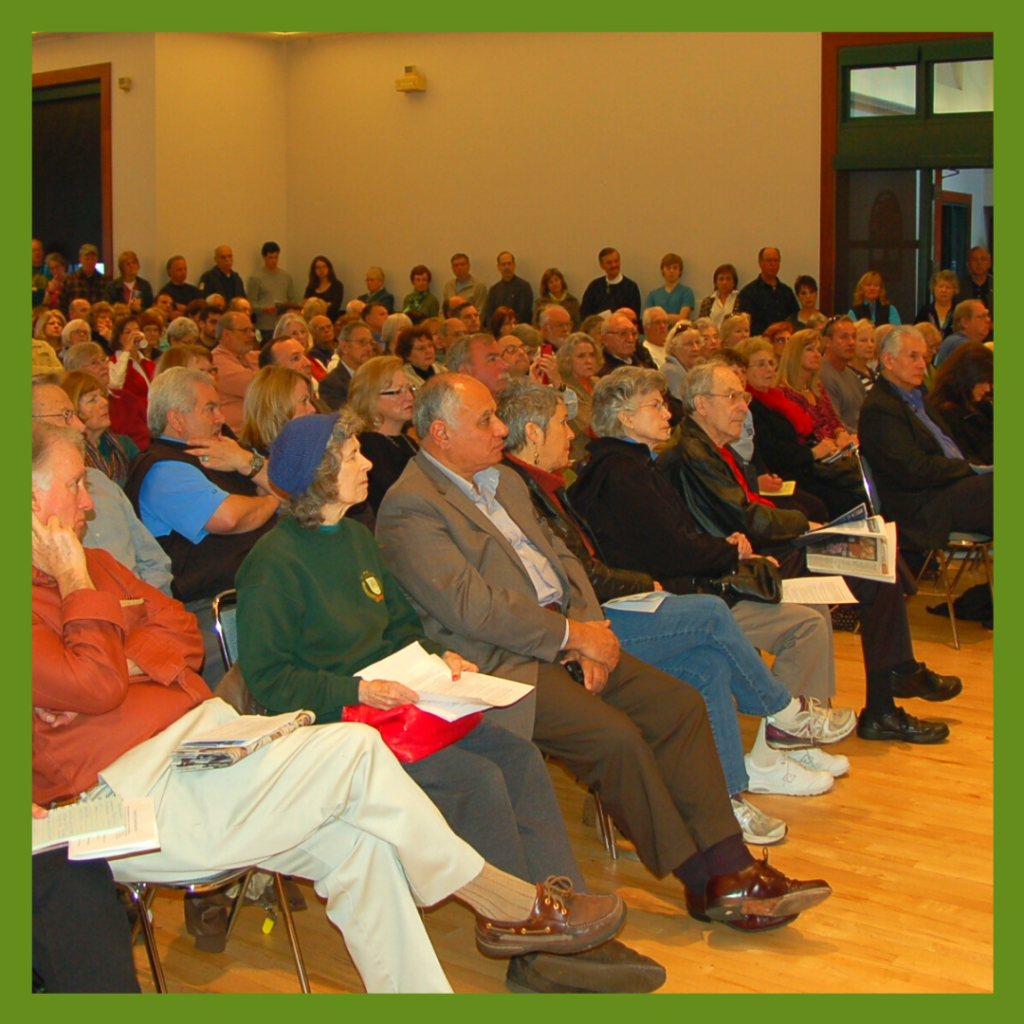Learn ABOUT
101: Grassroots Activism Guide
Advocating for a peaceful end to the conflict in Israel/Palestine and the broader Middle East can seem like a daunting task, but you do have the power to enact change.
Advocating for a peaceful end to the conflict in Israel/Palestine and the broader Middle East can seem like a daunting task, but you do have the power to enact change. From meeting with your congressional representatives to writing a letter to the editor in your local newspaper, there are many steps you can take to be an advocate. But where do you start…
Meet With Your Representatives
Whether you want to schedule a meeting at your representative’s D.C. or local office, keep in mind:
Be politely persistent! Congressional offices receive countless calls and emails every day, so remember to follow up with your point of contact throughout the process of scheduling your meeting. Even if you are making an appointment in the D.C. office, your representative or senator is unlikely to attend. You will usually be meeting with a legislative staff member. Do not discount the importance of meeting with staffers; legislative staff have a good deal of influence and oftentimes more expertise on specific issues than your representative. Members of Congress rely on their staff to advise them on legislative issues, so staff-level meetings are always worthwhile. For more advice on how to arrange D.C. and in-district meetings, you can consult the Friends Committee on National Legislation (FCNL) website.
Washington, D.C. Office
District Office
It’s important to understand developing relationships with your members of Congress is a long term commitment. Your advocacy will be more effective if you maintain a relationship with your member over time.
If you are interested in writing a Letter to the Editor and would like guidance, please reach out to us.
While letters to the editor are typically short (<250 words) responses to specific articles within the publication they are sent to, op-eds can be slightly longer (<750 words) and do not need to respond to a particular article. However, like letters to the editor, op-eds should be relevant, to-the-point, and in plain language. The Washington Post provides FAQs (specific to their publication) on both letters to the editor and op-eds.
If you are attending a Town Hall meeting and would like assistance developing questions, please reach out to us.
Attending town hall meetings or events sponsored by your member of Congress when they are at home for recess is an effective way of interacting with your representatives. The Town Hall Project is an online tool that tracks upcoming town halls throughout the country.
A guide on how to ask questions at Town Hall meetings from the Friends Committee on National Legislation (FCNL). You should also sign up to receive updates from your Representative and Senators. They will often send emails with information about upcoming Town Halls. You can also call their local state or district office and inquire directly with their staff. Ask whether there will be a time for questions and if you need to submit questions ahead of time.
If possible, try to get a group of interested friends or family to attend the Town Hall with you. Plan ahead of time a question to ask and make sure you follow any guidelines provided by the office regarding how to submit the question. Also plan who will videotape your question should you be called on.It is best if your question connects directly to current legislation before Congress. If that is not possible, you will still need to have a clear “ask” for the Member of Congress. If you are not able to ask a question, look for an opportunity to connect with the member of Congress as they are entering or exiting. Be respectful of their space, but do your best to get your issue raised.



In order to effectively advocate, CMEP believes first we must educate ourselves and our communities.
110 Maryland Ave NE #505
Washington, DC 20002